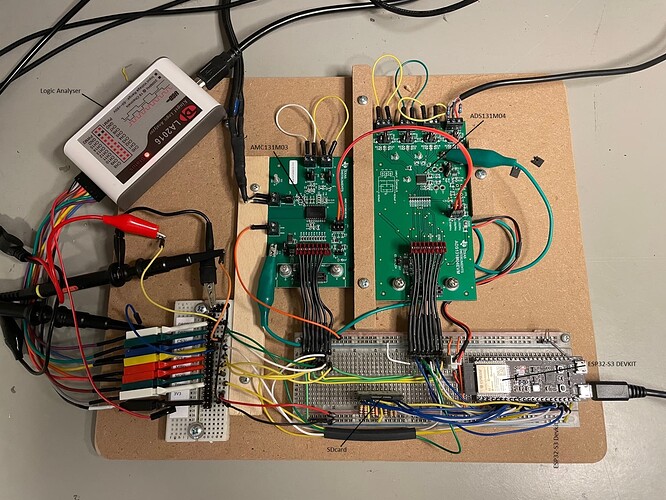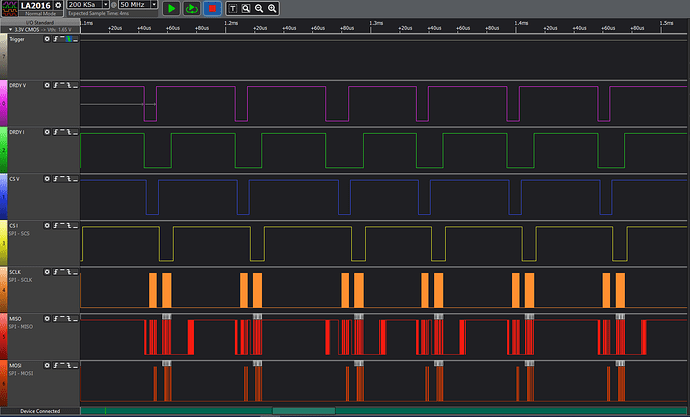Over the summer, what with the rainy New England weather this year, I spent quite a bit of time on the ESP82 prototype. Those that follow this blog know that I’ve been teasing an ESP32 version for a couple of years now, and although I have had a pretty good working prototype for about that long, several developments caused me to question major parts of it.
It all started when I could no longer get the AC reference transformers that I’ve been selling for a couple of years. That, coupled with all the ZMPT101B craze in the IOT world, and a little inspiration from recently release OEM power supply that uses it, got me to evaluating the feasibility of integrating one or three of them directly into the IoTaWatt PCB.
Unfortunately, I could not get the thing to work as accurately as I would like across a wide voltage spectrum (100V-277V). While the ratio of input current to output current is fairly steady, my experience is that the power consumed by the sample resister shown up as additional source current, and so the calibration is not a simple gain+offset calculation. Moreover, I found unacceptable variance between the ten samples that I got.
After spending quite a lot of time on redesigning the sampler to use three onboard voltage sensors, I could not revert to a simpler design. So, I started to look for something better. I believe I found it.
Texas Instruments has a new chip, the AMC131M03. This chip provides reinforced isolation of the analog side and sports three 24 bit Sigma-Delta ADCs. Moreover, it will sample all three voltages simultaneously and continuously. The chip is a variation of the ADS131Mnn family of 24 bit Sigma-Delta ADC chips that can have up to 8 simultaneous differential inputs.
So a few weeks ago, I got some evaluation kits for these things. I find that I can sample voltage directly with about 0.1% accuracy. On the current side, the ADS132Mnn chip takes a differential input from the CTs, obviating the need for any bias voltage and completely isolating each CT from the others.
All of the ADCs would sample at the same time (Oh, except for slight timing offsets to compensate for CT phase shift), and the ESP32 appears fast enough to read the voltages and as many as 32 CT inputs at 16K samples/second. Very exciting.
These chips are pretty much designed for use in high accuracy electric meters. Cost is higher than the MCP3208 ADCs used in the old design, and more are needed, but it’s not prohibitive given the accuracy possible.
While I was at it, I have upgraded from using the ESP32 WROVER to the newer ESP32S3 which offers a lot more resources. I believe Ethernet will be possible as well.
All of the back-end improvements remain the same with the datalog, web-server, and query subsystems. With the continuous sampling, one second resolution data should be highly accurate and so possibly an MQTT stream will be added.
With much reduced time spent selling the 8266 units, I’m really enjoying getting back to R&D. I’ll post more as I get these ADCs working in the prototype.

